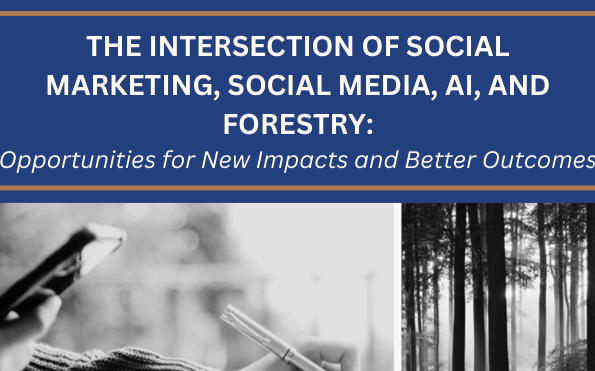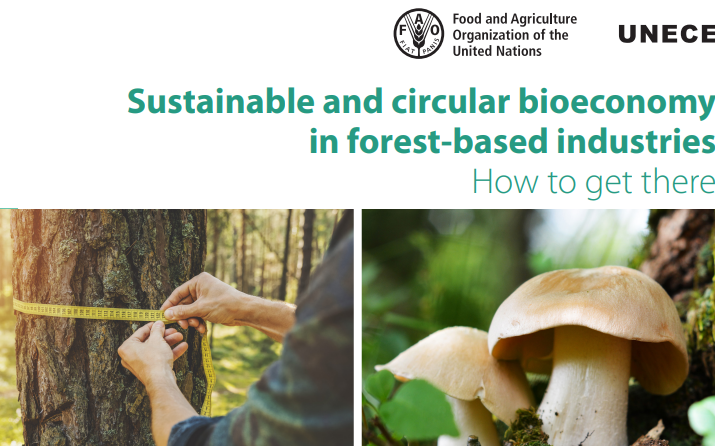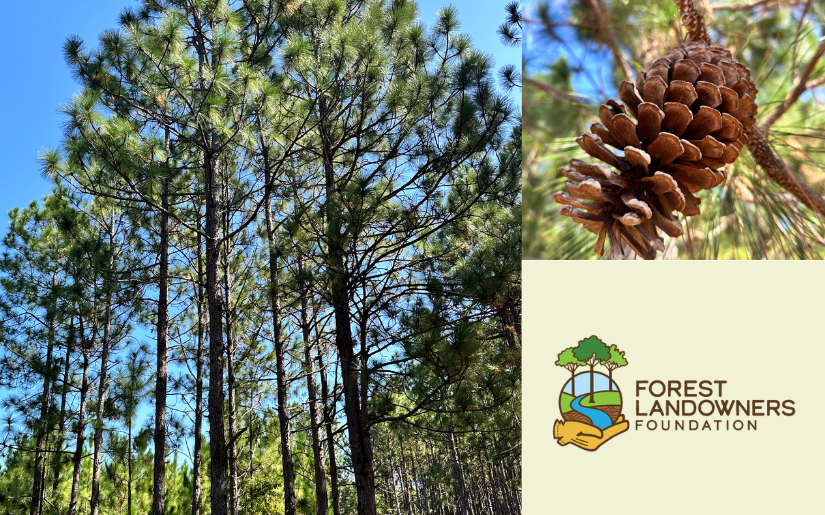Background
This report updates past Dovetail Reports on bamboo and bamboo certification and describes bamboo’s role as an essential part of the history of human civilization, notably in Asia and South America.1 Bamboo is still used in its traditional way to make basic materials such as writing scrolls, baskets, clothing and shoes, food, and building materials.2 However, bamboo has also grown to be a global commercial input material, where its top “end-use” industries are furniture and construction, followed by food, pulp and paper, textiles, and agriculture.3 Part of facilitating its entrance into the global market was the widespread marketing of bamboo as a more sustainable substitute for wood products, the “green mythology for bamboo,” as referenced in Dovetail’s 2014 Report.4 This report resists the idea that rapidly renewable materials are automatically environmentally friendly and responds to the spread of misinformation surrounding renewability with an analysis of China’s bamboo resources and a review of literature detailing the various environmental impacts of bamboo industry expansion. These include biodiversity loss and ecosystem service decrease due to intensive management practices and the creation of monocultures; the clearing of forests and exploitation of forest resources; destructive use of fertilizer, herbicides, and pesticides; and finally, the high quantity of water required for bamboo production.
Bamboo’s rapid renewability underpins its growth from an economic perspective, however, and the bamboo industry plays an important role in China’s economic development in particular. The “Kingdom of Bamboos” is the world’s largest producer and exporter of bamboo,5 and the resource continues to play an important role in Chinese culture as well.6 In their promotion of bamboo production, the Chinese government has had to balance international demand and production standards with traditional Chinese values, a challenge that has shown up significantly in certification efforts.7 The 2014 Dovetail report briefly addressed the issue of forest certification,8 mentioning how, at the time of writing, the only widely available medium of certification for bamboo was through the Forest Stewardship Council (FSC), and pointed out critiques of certification, such as its cost and the barriers created for smallholders.9
- Lead AuthorAnna Durall
- DateJanuary 2023
- CategoryCertification, Environmental
- Project FileDownload
.png)


.png)


.png)